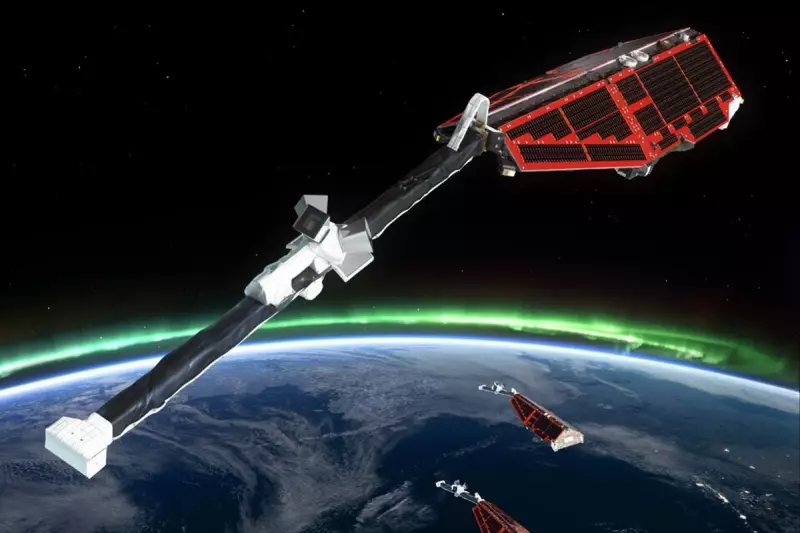
Scientists have issued a stark warning about a rapidly expanding weak spot in Earth's protective magnetic field that could spell disaster for satellites and space technology.
The Growing South Atlantic Anomaly
Research published in the journal Physics of the Earth and Planetary Interiors reveals that the South Atlantic Anomaly - a region where Earth's magnetic field is unusually weak - has expanded by an area nearly half the size of continental Europe since 2014. This concerning development comes from analysis of 11 years of magnetic field measurements collected by a constellation of three identical satellites launched in 2013.
The weak region in Earth's magnetic field over the South Atlantic has become significantly larger and more complex, according to lead author Chris Finlay from the Technical University of Denmark. "The South Atlantic Anomaly is not just a single block. It's changing differently towards Africa than it is near South America," Dr Finlay explained.
Unusual Patterns Deep Within Earth
Researchers have traced this magnetic field distortion to strange patterns occurring at the boundary between Earth's liquid outer core and its rocky mantle, approximately 3000km beneath our feet. Earth's magnetic field is generated by a global ocean of molten liquid iron that makes up the planet's outer core, functioning much like a bicycle dynamo as it spins and creates electrical currents.
"Normally we'd expect to see magnetic field lines coming out of the core in the southern hemisphere, but beneath the South Atlantic Anomaly we see unexpected areas where the magnetic field, instead of coming out of the core, goes back into the core," Dr Finlay detailed. The research team observed one of these anomalous areas moving westward over Africa, contributing to the weakening effect in this region.
Consequences for Space Technology
The implications for satellite operations are significant and concerning. Spacecraft and astronauts passing through this weak spot, including those aboard the International Space Station, face increased exposure to radiation that would normally be deflected by Earth's magnetic shield.
Scientists caution that this magnetic weakness could lead to satellite malfunctions and even cause complete blackouts of satellite systems. The anomaly represents a major factor in determining the radiation dose experienced by low Earth orbit satellites, potentially compromising navigation systems and other critical space technology.
Meanwhile, satellite data has revealed other shifts in Earth's magnetic landscape, with the field strengthening over Siberia while weakening over Canada. This dance between different areas of strong magnetic field plays a crucial role in satellite navigation performance.
The ongoing research using the Swarm satellite constellation continues to provide unprecedented insights into our planet's complex magnetic behaviour, helping scientists better understand and potentially predict future changes to Earth's vital protective shield.





